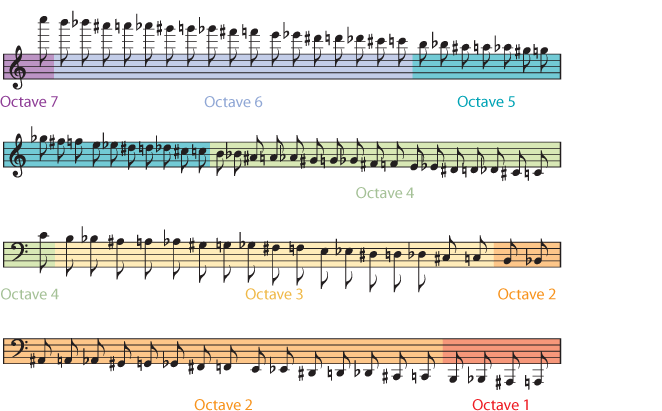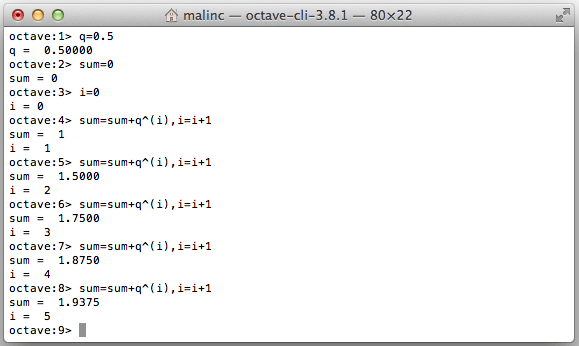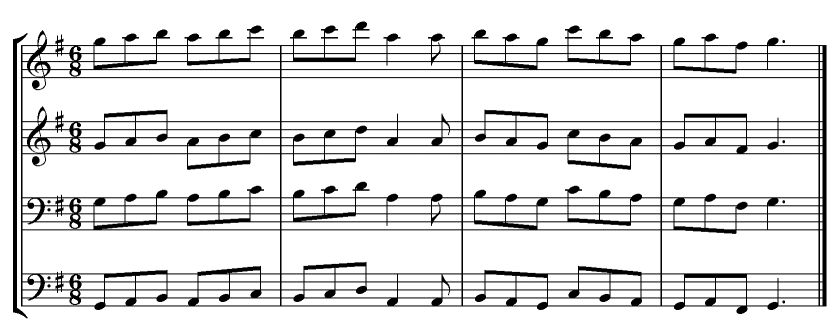
 Sunday within the octave: feast of the Holy Family celebrated on Friday, December 30 when Christmas is a Sunday. The Christmas Octave is arranged as follows: The Second Sunday of Easter, which concludes the Easter Octave, has also been called "White Sunday" (Dominica in albis). The first eight days of the Easter Season make up the octave of Easter and are celebrated as solemnities of the Lord, with proper readings and prayers. (See General Roman Calendar of Pope Pius XII#Octaves.) In 1969 the Roman Catholic Church further revised the Roman Calendar by removing the octave of Pentecost. All other octaves in the Roman Rite were suppressed, including those in local calendars. Pope Pius XII simplified the calendar with a decree dated 23 March 1955: only the octaves of Christmas, Easter and Pentecost were kept, octaves that differed from the others in not repeating the same liturgy daily.
Sunday within the octave: feast of the Holy Family celebrated on Friday, December 30 when Christmas is a Sunday. The Christmas Octave is arranged as follows: The Second Sunday of Easter, which concludes the Easter Octave, has also been called "White Sunday" (Dominica in albis). The first eight days of the Easter Season make up the octave of Easter and are celebrated as solemnities of the Lord, with proper readings and prayers. (See General Roman Calendar of Pope Pius XII#Octaves.) In 1969 the Roman Catholic Church further revised the Roman Calendar by removing the octave of Pentecost. All other octaves in the Roman Rite were suppressed, including those in local calendars. Pope Pius XII simplified the calendar with a decree dated 23 March 1955: only the octaves of Christmas, Easter and Pentecost were kept, octaves that differed from the others in not repeating the same liturgy daily. 
The entire octave of the Nativity of the Blessed Virgin Mary was impeded, but The Most Holy Name of Mary was celebrated during the octave and The Seven Sorrows of the Blessed Virgin Mary was celebrated on the former octave day. Lawrence was still commemorated during the mass of St. Lawrence and the Nativity of the Blessed Virgin Mary officially still had simple octaves, by the 20th century they had all but vanished as higher-ranking feasts were added to the calendar. In addition to these, the patron saint of a particular nation, diocese, or church was celebrated with an octave, on each day of which the Mass and Office of the feast was repeated, unless impeded by another celebration.Īlthough the feasts of St.
 Octave of the Immaculate Conception BVM. For the first half of the 20th century, octaves were ranked in the following manner, which affected holding other celebrations within their timeframes: Privileged octaves were further arranged in a hierarchy of first, second, and third orders. To reduce the repetition of the same liturgy for several days, Pope Leo XIII and Pope Pius X made further distinctions, classifying octaves into three primary types: privileged octaves, common octaves, and simple octaves. The octaves of other feasts allowed even more feasts to be celebrated. Christmas, Epiphany, and Corpus Christi had "privileged" octaves, during which certain highly ranked feasts might be celebrated. Easter and Pentecost had "specially privileged" octaves, during which no other feast whatsoever could be celebrated. Octaves were classified into several types. Not only on the eighth day from the feast but on all the intervening days, the liturgy was the same as on the feast itself, with exactly the same prayers and Scripture readings. Western Christianity Catholic Church From Pius V to Pius XII Īfter 1568, when Pope Pius V reduced the number of octaves, they were still numerous. During the Middle Ages, octaves for various other feasts and saints were celebrated depending upon the diocese or religious order. From the twelfth century, the custom developed of liturgical observance of the days between the first and the eighth day, as well as the eighth day.
Octave of the Immaculate Conception BVM. For the first half of the 20th century, octaves were ranked in the following manner, which affected holding other celebrations within their timeframes: Privileged octaves were further arranged in a hierarchy of first, second, and third orders. To reduce the repetition of the same liturgy for several days, Pope Leo XIII and Pope Pius X made further distinctions, classifying octaves into three primary types: privileged octaves, common octaves, and simple octaves. The octaves of other feasts allowed even more feasts to be celebrated. Christmas, Epiphany, and Corpus Christi had "privileged" octaves, during which certain highly ranked feasts might be celebrated. Easter and Pentecost had "specially privileged" octaves, during which no other feast whatsoever could be celebrated. Octaves were classified into several types. Not only on the eighth day from the feast but on all the intervening days, the liturgy was the same as on the feast itself, with exactly the same prayers and Scripture readings. Western Christianity Catholic Church From Pius V to Pius XII Īfter 1568, when Pope Pius V reduced the number of octaves, they were still numerous. During the Middle Ages, octaves for various other feasts and saints were celebrated depending upon the diocese or religious order. From the twelfth century, the custom developed of liturgical observance of the days between the first and the eighth day, as well as the eighth day. 
From the seventh century, saints' feasts also began to have octaves (an eighth-day feast, not eight days of feasts), among the oldest being the feasts of Saints Peter and Paul, Saint Lawrence and Saint Agnes. By the 8th century, Rome had developed liturgical octaves not only for Easter, Pentecost, and Christmas, but also for the Epiphany and the feast of the dedication of a church. Christmas was the next feast to receive an octave. From the 4th century to the 7th century, Christians observed octaves with a celebration on the eighth day, with little development of the liturgies of the intervening days. The development of octaves occurred slowly. This occurred in the fourth century and served as a period of time for the newly baptized to take a joyful retreat. The first such feasts were Easter, Pentecost, and, in the East, Epiphany. The practice of octaves was first introduced under Constantine I, when the dedication festivities of the basilicas at Jerusalem and Tyre, Lebanon were observed for eight days.Īfter these one-off occasions, annual liturgical feasts began to be dignified with an octave. Īs circumcision was performed on the "eighth day" after birth, the number 8 became associated also with baptism, and baptismal fonts have from an early date often been octagonal. The "eighth day" or octava dies was associated with the weekly Christian celebration of the resurrection of Christ every "eighth day", which became a name for Sunday.
2.1.2 Reduction by Pius XII and Paul VI.








 0 kommentar(er)
0 kommentar(er)
